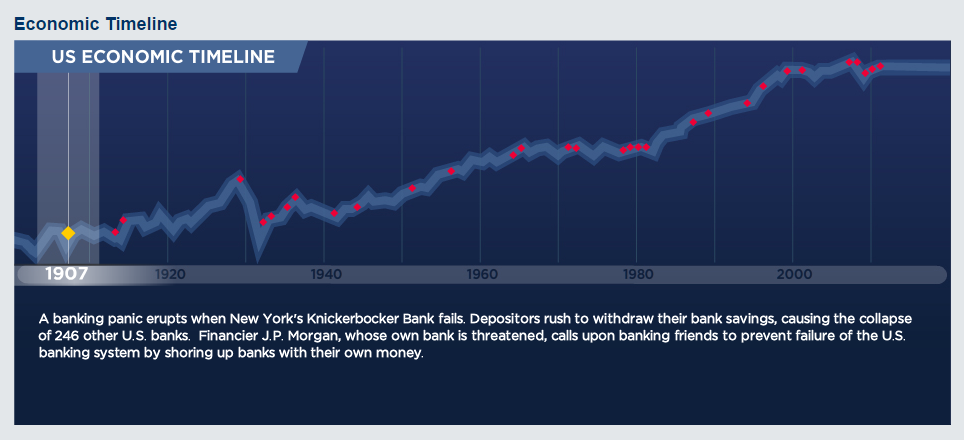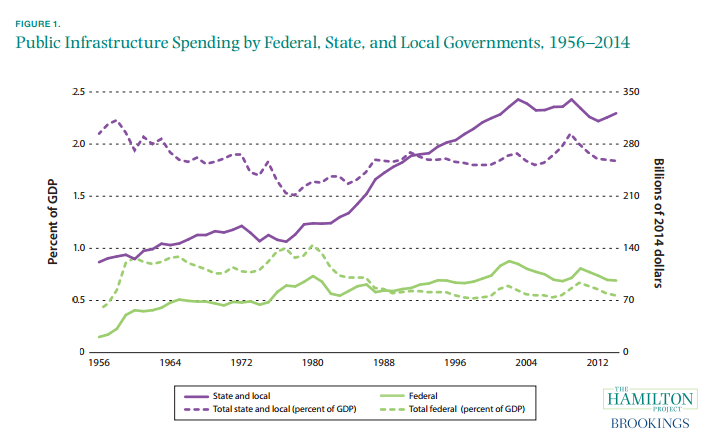Abstract
The economy of the United States has gone a long and difficult way from being weak and completely dependent on the outside factors to being represented by a set of rigid yet efficient rules and a number of entrepreneurships ranging from SMEs to global enterprises. When considering the effects of the transportation management and logistics strategy approved and adopted by the U.S. government, one must admit that the approach chosen by the state authorities can be deemed as rather reasonable, though it clearly could use some improvements.
Because of a consistent emphasis on the significance of cooperation with other states and, therefore, the need to come up with the design of a transportation strategy that can be both efficient and cheap, the U.S. government has propelled the state economy significantly. At present, though, innovative technologies are rather costly, which affects the state economy negatively.

U.S. Economy in the 21st Century: Analysis
The shift towards the global economy, which the United States also took active part in, manifested an entirely new era for the state development. More opportunities opened for SMEs and entrepreneurs, the emphasis clearly being put on collaboration and creation of a strong partnership between several organizations.
Thus, the significance of transportation issues, as well as logistics in general, is becoming increasingly important for the U.S. government. As a result, the state expenditures in the specified domain have risen significantly over the past few years, as the table provided below shows.

Apart from the issues triggered by increasing costs for transportation and logistics in general, the U.S. economy is still in the state of recovering from the crisis of 2007–2011 (Puri, Rochol & Steffen, 2011).
It would be wrong to claim that the recent economic crisis, which the United States’ residents have experienced, was caused solely by the issues in transportation – according to the existing evidence, the entire world was unstable in terms of economy (Dolls, Fuest & Piechi, 2012). However, the costs, which the USA had to take in order to carry out the necessary transportations, were still far too big to ignore them (Dolls et al., 2012).
Future Effects of Transportation and Logistics on the U.S. economy
Unless the American government reconsiders the current approach towards logistics and transportation, the state economy will be under a consistent threat of a crisis (Zhou, Erdal, Creanor & Montalto, 2010).
In order to enhance the state economy and at the same time make sure that the financial resources are allocated properly, the state government must make a very strong emphasis on several aspects of the state economy, namely, R&D and logistics (especially transportation)
Logistics (Transportation )
The state government will have to reconsider the existing logistics, specifically, the transportation system, due to the negative effects, which the current strategy has on the U.S. economy.
R&D
As it has been stressed above, the U.S. government needs to come up with the approach that will allow for introducing the state economy to the concept of sustainable use of resources, and the design of the latest technological advances, which will help reduce or even mitigate the negative effects of the current transportation system on the environment. The enhancement of the R&D department is, therefore, the top priority of the United States government at present, as it will allow for carrying out most of the transportations faster and more efficiently. However, price is a major issue at present.
Sustainability
Another essential concept, which must be incorporated into the body of the American economy, the notion of sustainability presupposes responsible use of the existing resources, especially the natural ones. Particularly, the usage of oil (i.e., the production and use of petrol) and the effects, which the CO2 emissions have on the environment, will have to be addressed as the key problems of the contemporary U.S. transportation system.
Conclusion
The economy of the United States has had its moments of triumph and bitter despair. Even though the economic situation in the country can be considered rather tolerable, certain factors signify that the state economy lacks stability. Herein the need to introduce the concept of sustainability into the U.S. economy lies; the specified step can be taken by not only the government members of the United States, but also entrepreneurs. Moreover, every single citizen of America may take part in the process of improving the quality of the state economy by working on the sustainable use of resources (Shu-kun, 2013).
Problem Statement
Despite the fact that the recent technological innovations allow for reducing the impact, which the state transportation system has on the environment, mostly due to the increasing rates of oil consumption, the strategies that innovative technology has to offer are overlooked by most governmental bodies due to the lack of budget for carrying out the specified change.
As a result the economy of the state lacks sustainability, and most companies, both public and private ones, abuse the natural resources that are located in the state. As a result, the economy of the United Sates may suffer another collapse due to the lack of sustainability in the approach adopted by the state government to logistics in general and the transportation system in particular (Bartolini, 2014).
Reference List
The references included in the paper come from trustworthy sources (i.e., scholarly articles and the sites that belong to the U.S. government, the domain name being.gov); moreover, the articles are recent, which means that the information represented in them is up-to-date. The reference list includes seven sources.
Altman, R. C., Klein, A. & Krueger, A. B. (2015). Financing U.S. transportation infrastructure in the 21st century.
Bartolini, S. (2014). Building sustainability through greater happiness. The Economic and Labour Relations Review, 25(4), 587–602.
Dolls, M., Fuest, C. & Piechi, A. (2012). Automatic stabilizers and economic crisis: US vs. Europe. Journal of Public Economics, 96(3/4), 278–294.
Economics USA. (2015). Houston Community College.
Puri, M., Rochol, J. & Steffen, S. (2011). Global retail lending in the aftermath of the US financial crisis: Distinguishing between supply and demand effects. Journal of Financial Economics, 100(3), 556–578.
Shu-kun, L. (2013). Economies and sustainability. Economies, 1(1), 1–2.
Zhou, J., Erdal, Z. K., Creanor, P., & Montalto, F. (2010). Sustainability. Water Environment Research, 82(1), 1376.